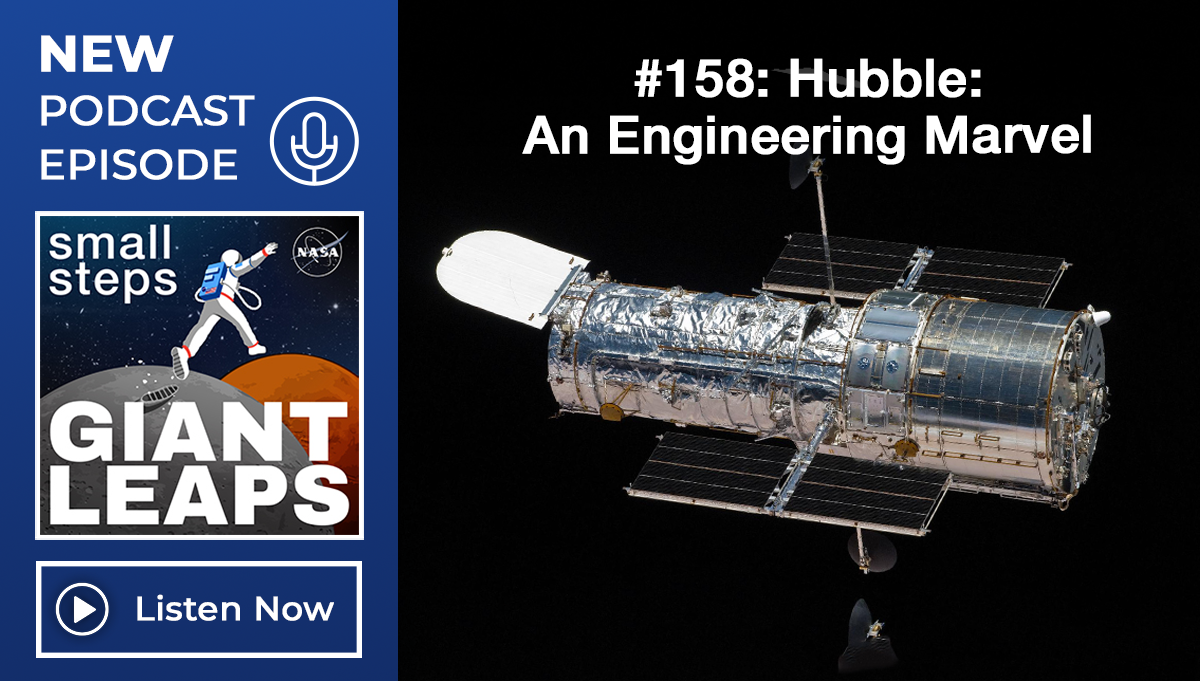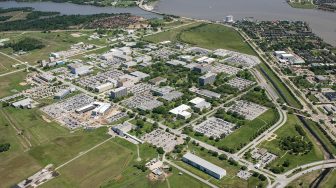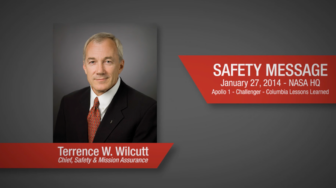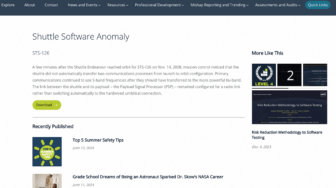The Greening of Orbital Debris (Nicholas Johnson)
The near-Earth space environment is becoming increasingly cluttered with hazardous man-made debris. The collision between an operational Iridium spacecraft and a derelict Russian spacecraft in February 2009, which in turn generated hundreds of thousands of additional hazardous debris, highlighted the need for effective orbital debris mitigation measures. For thirty years the NASA orbital debris program has led both national and international efforts to characterize the threat posed by orbital debris and to develop engineering solutions and policies to curtail its growth. Ultimately, remediation of the environment will likely be needed.
As NASA chief scientist for Orbital Debris at Johnson Space Center since 1997, Nicholas L. Johnson serves as the agency authority in the field of orbital debris, including all aspects of environment definition, present and future, and the operational and design implications of the environment to both manned and robotic space vehicles operating in Earth orbit. He is responsible for conceiving and conducting research to define the orbital debris environment, for determining operational techniques for spacecraft to protect themselves from the environment, and for recommending techniques to minimize the growth in the future orbital debris environment.








